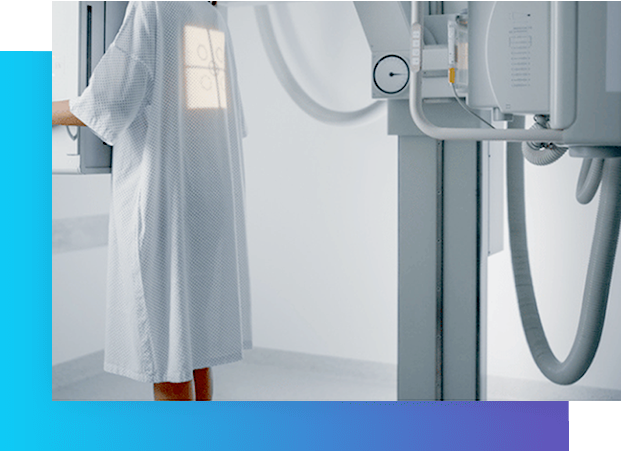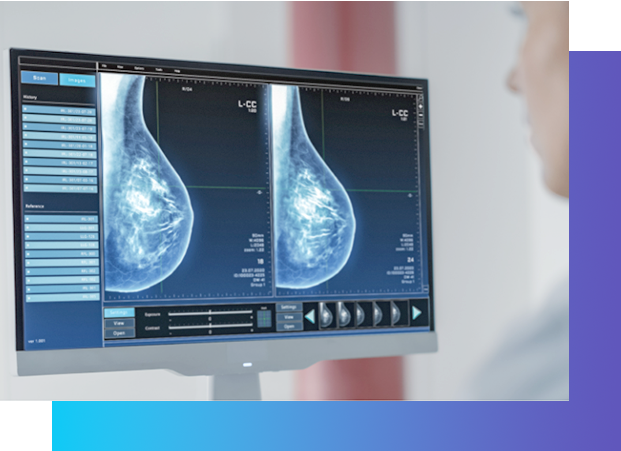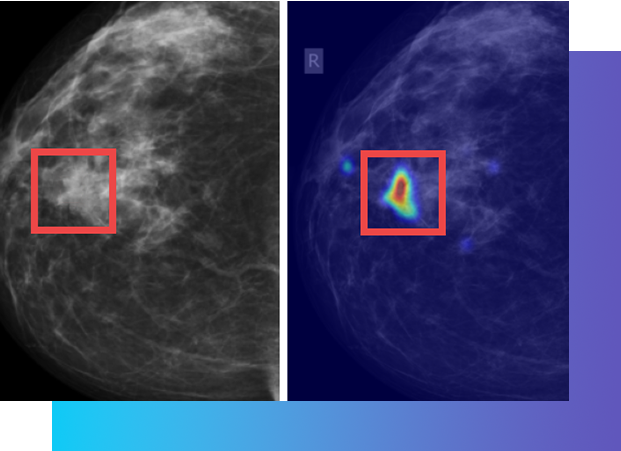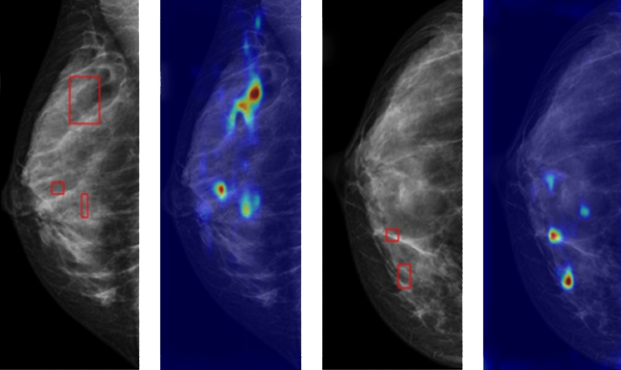Breast Cancer Computer-Aided Detection
QuData's AI-Driven Solution for Accurate Cancer Diagnosis
Empower Your Medical Practice with Advanced Technology
QuData's AI-powered system enhances the accuracy of breast cancer detection, reducing the likelihood of missed diagnoses and false positives. This enables early detection and intervention while providing a reliable second expert opinion for medical practitioners. Our approach also achieves cost-efficiency by minimizing unnecessary medical procedures and reducing associated healthcare costs.
Key Features: What Makes Our Solution Stand Out
01

Enhanced Diagnostic Accuracy
- Offers unparalleled precision in breast cancer detection.
- Reduces the likelihood of missed diagnoses and false positives.
02

Early Detection and Intervention
- Identifies breast cancer at its earliest stages, leading to more effective treatments.
- Increases the chances of full recovery and improved patient outcomes.
03

Second Expert Opinion
- Serves as a reliable second expert opinion for medical practitioners.
- Provides additional insights and confirmation in complex or challenging cases.
04

Educational Platform
- Empowers medical students and professionals to enhance their diagnostic skills.
- Offers a learning environment with access to real-world medical cases and expert guidance.
05

Cost-Efficiency
- Minimizes unnecessary medical procedures and treatments.
- Reduces healthcare costs associated with diagnostic testing
From Data to Diagnosis: How it Works

2
Each mammogram image automatically is put through the AI system. A scalable architecture allows for expanding external requests without limitations on the number of requests from users.
1
Mammography is performed in clinics or hospital x-ray departments. Our model excels in various clinical environments and is resilient to minor equipment modifications.


4
Lesion areas are marked by bounding boxes. Class activation maps are used to detect various abnormalities such as calcifications, mass, and other critical indicators.
3
Breast Imaging-Reporting and Data System or BI-RADS classification is assigned by the AI system for each mammogram view. It uses advanced neural networks, including CNNs, for medical image analysis.


Making a Difference:
State-of-the-art Accuracy
We have achieved a significant accuracy level of 0.8 for the F1‑score. This metric combines precision and recall into a single measure. The F1‑score is calculated as the harmonic mean when evaluating the 5‑class BI-RADS level classification and the 4‑class Density classification.
